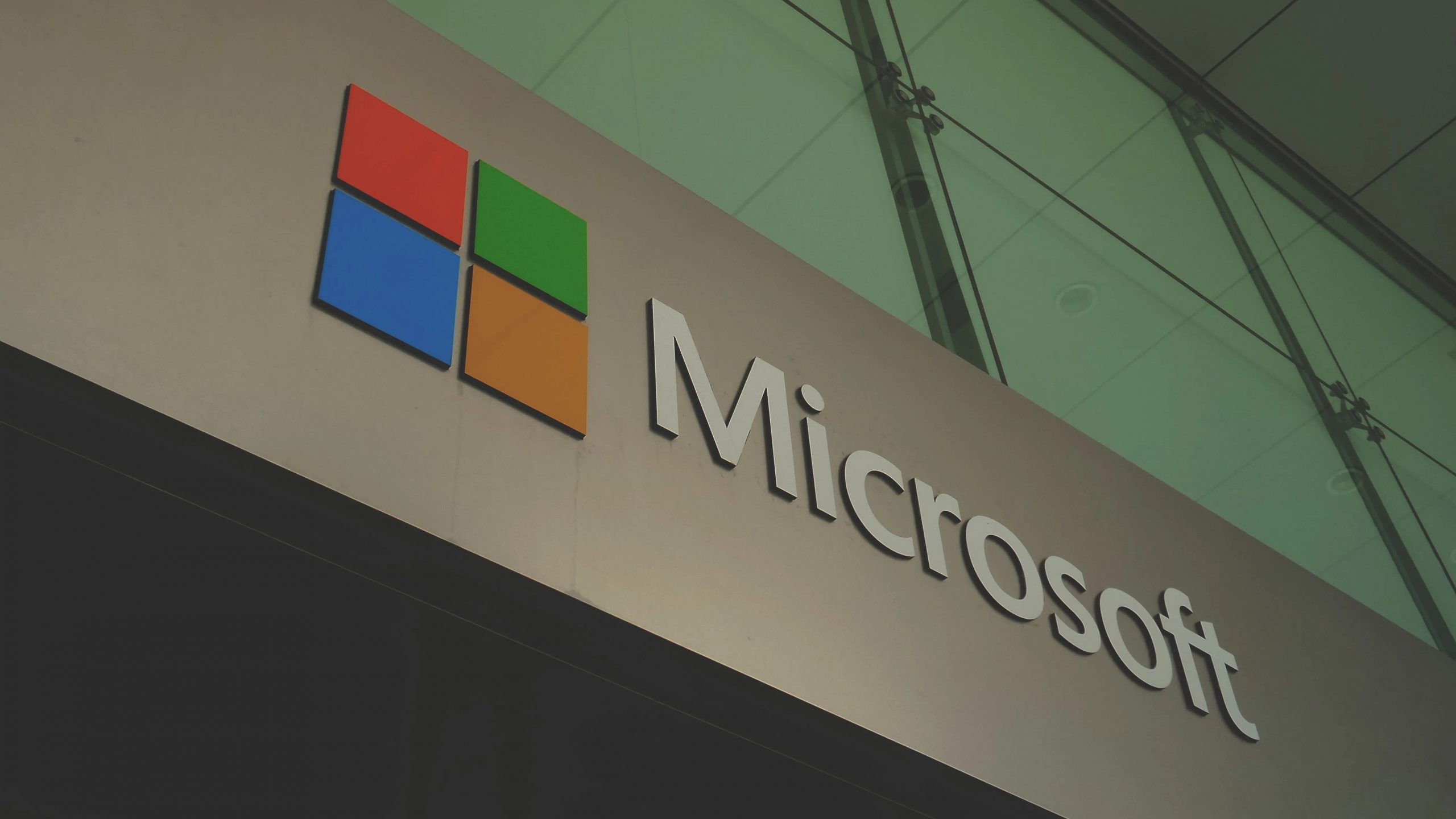Microsoft is reportedly all set to switch its development schedule. The company is likely to go back to its three-year cycle release. If the reports come true, the next Microsoft version will hit the market in 2024.
Microsoft is planning to release more new features to its current windows version. The 22H2 update may arrive in September or October this year. A recent report of Windows Central has hinted at the arrival of Microsoft 12 in 2024.
Also Read: Netflix to rely on Microsoft for its ad-backed video service
The report also said that Microsoft has decided to scrap the 2023 version of Windows 11. Last year the company announced the release of one major feature update for Windows 11. Microsoft developmental teams may not have to wait for the annual release, like before, to bring out new features. New features may also get released four-five times every year.
Also Read: Bill Gates gives $20 billion to stem ‘significant suffering’
Microsoft brought the taskbar improvements with several other features earlier this year. This step was seen as the beginning of the company’s ‘moments’ approach. Microsoft is expected to bring new features from the scrapped ‘Sun Valley 3’ as the ‘moments’ update for ‘Sun Valley 2’.
Also Read: Log4j software flaw ‘endemic,’ new cyber safety panel says
The 2024 version of Microsoft is not known much as of yet. If rumors are to be believed the developers have dubbed this version to release as the ‘next valley’ client. Microsoft has not said anything about the existence of this version but scrapping Sun Valley 3 has paved the way for most of the speculations to be true.
Also Read: Microsoft’s Blizzard Activision bid faces UK antitrust probe
Microsoft kicks off a new ‘moments’ engineering manual which is expected to allow the company to bring new features throughout the year. The major OS releases are also to be functioning as scheduled. The testing of the taskbar could be the beginning of a new tradition in Microsoft as the company is highly expected to release multiple features to its current version every 12 months.







